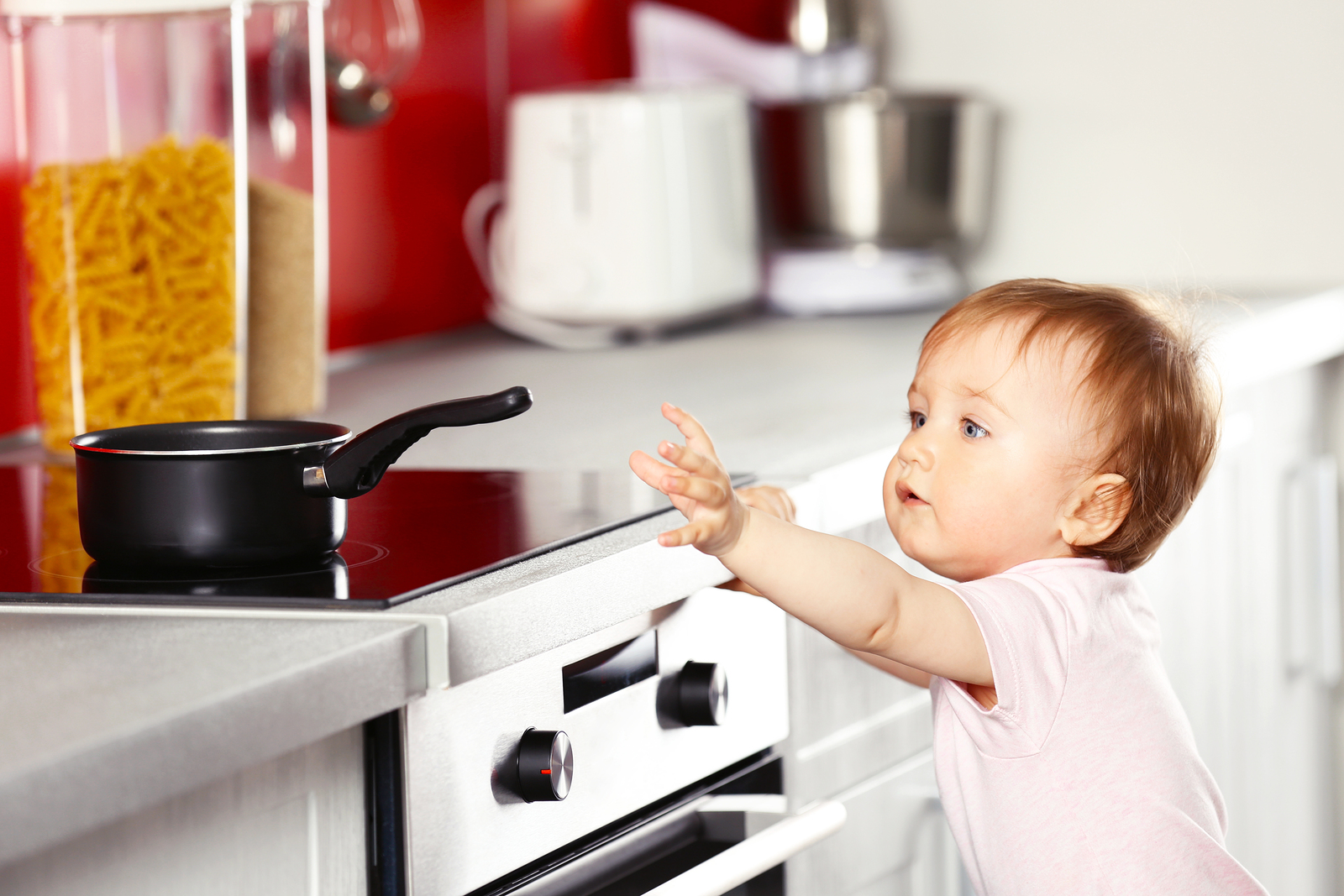
Is My Childs Burn Serious? Here’s How to Know.
Knowing when a child’s burn is serious is important to every parent. As kids are growing up, they are fascinated by the world around them. They love to explore and learn. Unfortunately, this curiosity could turn out to be the reason behind some common accidents during their childhood. One such example is scalds and burns.
Causes of burns:
Children have sensitive skin and their skin burns more easily than that of adults. Children, especially toddlers, are at an increased risk of burns due to scalding or flames. It is important to understand the types of burns so the right treatment can be given if they occur.
Some common causes of burns:
- Scalds: These are burns due to hot liquids or steam. This can occur from everyday items used around the house such as hot liquids like tea or coffee, steam, saucepans with hot liquids, and even running hot water from taps or the shower.
- Burns due to fire: A child may come in contact with flames from the stove, fireplace, etc. and this could lead to fire burns.
- Electrical burns: These can occur if a child sticks their finger or an object in an electrical outlet.
- Chemical burns: Chemical burns occur if a child’s skin comes in contact with strong acids or chemicals like drain cleaners, or bleach.
Types of burns:
To tell is a burn is serious, burns can be classified into first degree, second degree or third degree depending on the severity.
- First degree burns are the mildest of the three and affect the outermost layer of the skin. These can cause redness of the skin, pain or swelling.
- Second-degree burns occur when the burn affects the outermost layer and some of the inner layers of the skin as well. In addition to redness, pain, and swelling, blisters may also be caused. It is advisable to consult a doctor in case of second-degree burns.
- Third-degree burns are the most serious and severe burns affecting all the layers of the skin and its underlying tissue. The skin may feel numb due to nerve damage and it may look dry, leathery or charred. It is absolutely essential to seek emergency medical help in case of third-degree burns.
When to take a burn to the hospital:
Minor burns may be treated at home, but it is extremely important to seek medical attention if the burns are of a serious nature. No matter what type of burn it is, all burns should be treated quickly so that the temperature of that burned area is reduced. This also helps to lessen any damage to the skin and the underlying tissue, in case the burn is severe.
Take the burn to the hospital if:
- The burn is of the second degree or third-degree severity.
- The burn is a chemical burn or electrical burn.
- The burn area is a large one, even if the burn does not look severe.
- The area of the burn is equal to or more than the area of the child’s palm.
- The burn area has swelling, redness, pus, or looks infected.
- The child displays signs of shock such as the child is pale, dizzy, unconscious, has difficulty breathing, weakness.
- You are unsure or uncertain of its severity, then it is best to seek medical advice from a professional.
Important points to remember:
- If it is a second or third-degree burn, do not put anything on it as it may cause an infection.
- If you are waiting for medical personnel to arrive, you may run the burn under cool but not cold running water for about 10 to 15 minutes till help arrives.
How to prevent burns:
Here are some basic tips to follow that can help you prevent the occurrences of burns to a large extent:
- Always keep lighters, matchsticks, chemicals out of children’s reach.
- Ensure that all electrical outlets have safety covers installed.
- Do not use any equipment that has damaged or frayed cords.
In the bathroom:
- Use a thermometer or your elbow to check the temperature of the water for your child’s bath. It must be safe and comfortable for your child.
- If the bathroom is not in use, keep the door closed or use a restraint so that your child cannot access the bathroom in your absence.
- Keep children away from the fixtures so that they don’t play with them and turn the hot water on.
In the kitchen:
- Always supervise children in the kitchen and never leave them unattended.
- Always make sure pot handles are towards the back of the stove and out of the children’s reach.
- Avoid using large tablecloths or placemats. Use anti-slip placemats instead.
- Keep hot drinks away from the edge of the table and safely away from the children’s reach.
- Never hold a baby or toddler while cooking.
- While drinking a hot beverage, put your child down in a safe place. Never drink hot beverages while holding a child or having the child in your lap.
Conclusion:
While parents cannot completely prevent accidents, they can surely follow some basic steps to make sure the child’s environment is as safe as possible. Want more information? Download free burn awareness material from Shriners Hospital for Children here.
 How Blood Tests and Urine Tests for Pregnancy Work
How Blood Tests and Urine Tests for Pregnancy Work